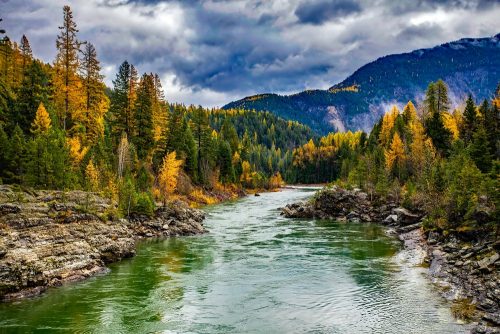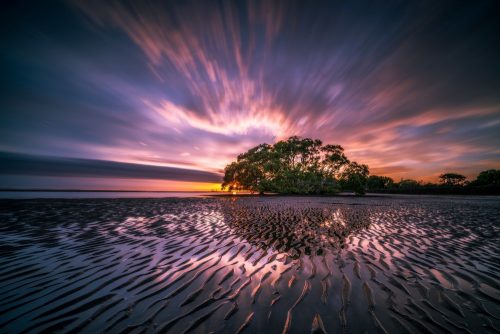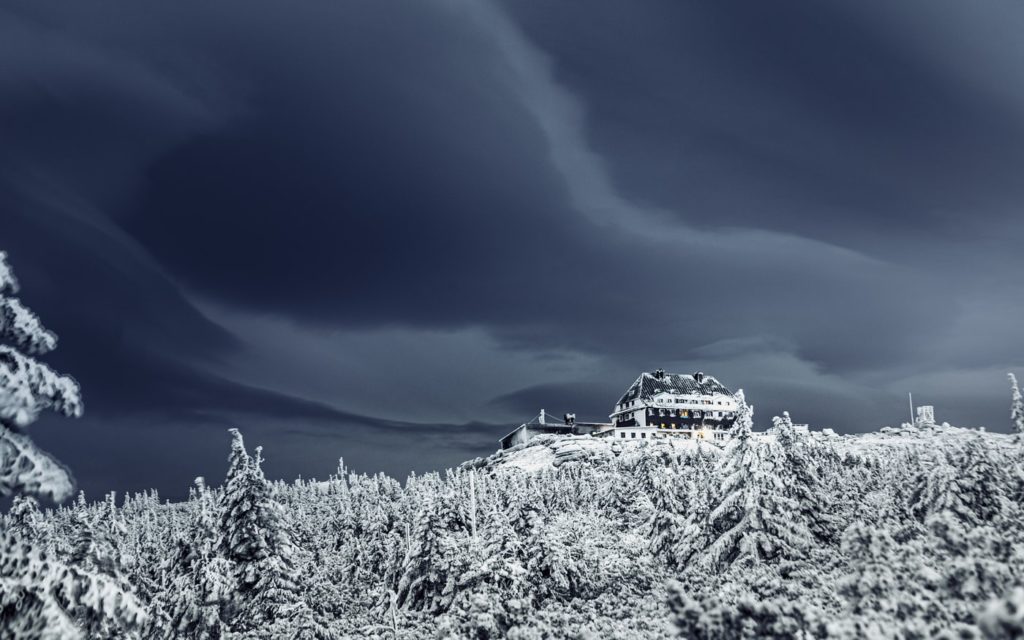Landscape photography as most people think is not a “piece of cake,” it requires planning, setup and implementation.
There are several factors to be considered like the right location, the right time of the day, the weather, the gear, the composition, compensating for exposures, and so on.
And…it doesn't stop there.

Image by 12019
Get Yourself Prepared for Shooting Some Landscapes
The Camera Setup
Shoot manual, but if you are fixed on to a particular aperture value, try shooting Aperture priority, so that the shutter speed is calculated for a given ISO. Try and keep ISO to a minimum, aperture around f/16. For any shutter speed below 1/250s, use a tripod with a remote trigger.
Gear
As much as possible, have a camera that will let you shoot manual, a tripod and a remote trigger, a wide angle lens, preferably focal lengths between 16mm and 35mm.
Accessories
- Use a polarizing filter for deep blue skies and to reduce reflections if there are any water bodies within the frame.
- Capture movements of clouds and water with an ND filter.
- Use a Grad ND filter to capture bright skies against a normally lit foreground.
What to Look for when Composing Landscapes?
- Place the elements in the frame so that they create a balance.
- Look for interesting textures and patterns
- Add interesting foregrounds that will help create a balance with the background.

Image by Strikers
Planning Your Shoot
- Look for some visually compelling locations to create your landscape photograph.
- Check the weather beforehand. Be ready to expect the unexpected.
- Do not be put off by cold or wet weathers.
- Do not just frame and shoot; carefully try different perspectives
- Revisit locations.
- Shoot landscapes during the blue hour and the golden hour.
Techniques to Use
- Introduce motion blur by moving your camera upwards or sideways.
- When there is too much contrast between the darker and lighter regions, take two exposures, one exposed correctly for the brightest region and the other correctly exposed for the darker region. Blend them digitally later.
- When you come across a high tonal range in a frame, bracket exposures to create HDRs.
Further Landscape Photography Tips
Our landscape photography tips article will give you a broader view of what to look out for in the genre including several resources to related topics.





1 Comment
Love the “Bite Size Tips”! Very Cool.